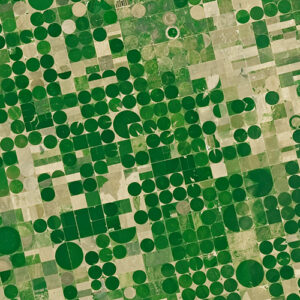
Landsat: Farming Data From Space
With Landsat data, farmers can find new ways to grow more crops with less water.

With Landsat data, farmers can find new ways to grow more crops with less water.
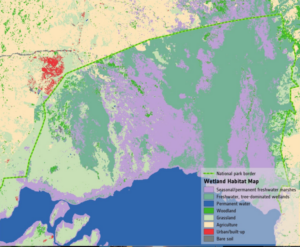
Wetlands worldwide are vanishing at an alarming rate. New satellite-informed maps produced by ESA’s GlobWetland Africa project show how satellite observations can be used for the effective use and management of wetlands in Africa.
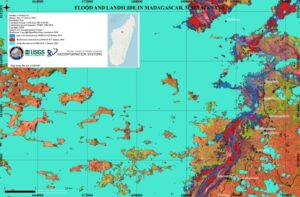
Landsat continues to support the International Disaster Charter.
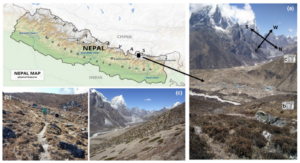
Plant life is expanding in the area around Mount Everest, and across the Himalayan region, new research shows.
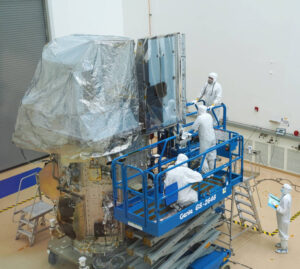
Landsat 9’s two science instruments are now attached to the spacecraft.
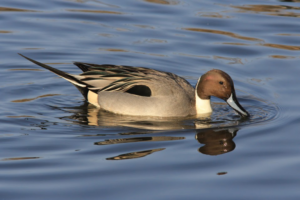
Ecologists are using Landsat to locate waterbird habitat that may be vulnerable in dry years.

Landsat-based urban extent and phenology indicators provide new information about urban environments.

Landsat helps monitor changes in artisanal gold mining areas, enabling land managers to prevent and remedy environmental impacts.
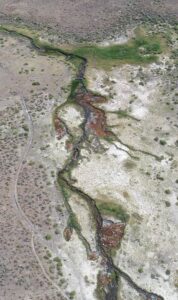
There is a dance between the vegetation that thrives along a river’s edge and the availability of water; with Landsat, that relationship is now being understood in ways not previously possible.

IndigoAg is using HLS data to help fulfill its mission of making farms more profitable and sustainable.
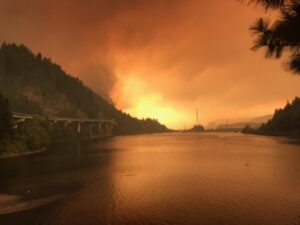
Fires in forested watersheds that support drinking water supplies can introduce contaminants that overwhelm current treatment capabilities. Earth observation data are helping.

New Mexico is one of the most arid states in the US, and precise and accurate information on water use is of utmost importance.
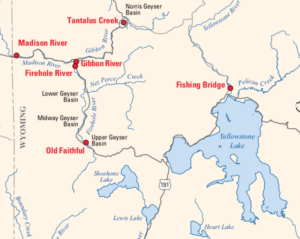
Landsat is among the resources that scientists are using to assess hazards and track volcanic activity in Yellowstone.
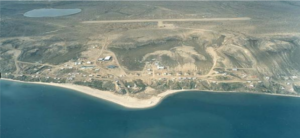
Southwest Banks Island has experienced the deleterious effects of climate change.
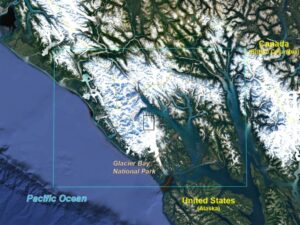
December 11, 2019 • Dr. Christopher Shuman is a glaciologist with NASA Goddard Space Flight Center and the University of Maryland at Baltimore County. Here is
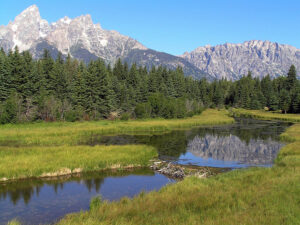
Landsat helped confirm and quantify what was only anecdotally known before: beaver dams make wetlands uniquely resistant to wildfires.

Zhe Zhu has dedicated his research career to learning what’s happening on our planet from satellite images of Earth.
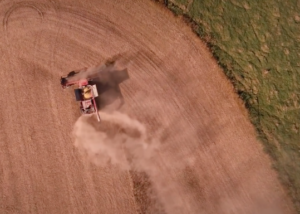
Remote sensing can aid the monitoring and evaluation of incentivized farming programs like the one in Maryland.
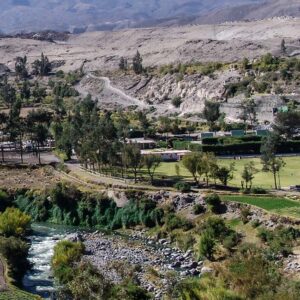
Landsat has helped map the expansion of intensive agriculture in arid Arequipa, Peru.

Socio-economically vulnerable populations are at a higher risk of experiencing urban heat effects.

At the 2019 AGU Fall Meeting, over 500 presentations feature research conducted with the aid of Landsat data.
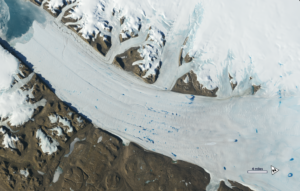
New time-lapse videos of Earth’s glaciers and ice sheets as seen from space are providing scientists with new insights into how the planet’s frozen regions are changing.
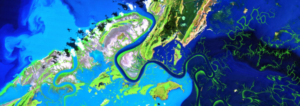
A new longitudinal study from Australia has harnessed thirty years of NASA/USGS Landsat data to map the nationwide movement and migration of mangrove forests.
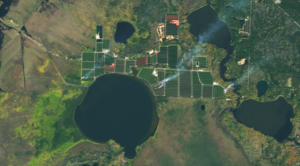
Farmers across the Midwest are in a race to finish harvesting their corn, soybean, and other staples of the Thanksgiving dinner table before the first crop killing freeze sets in.
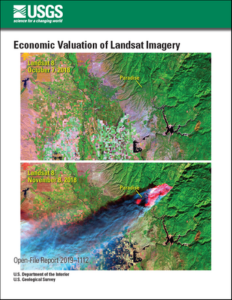
A new USGS report estimates an increase in the domestic and international economic benefits to society provided by the Landsat archive to about $3.45 billion in 2017, compared to $2.19 billion in 2011.

Wyoming students in the College of Agriculture and Natural Resources are using Landsat images to gauge and improve lands owned by their families.
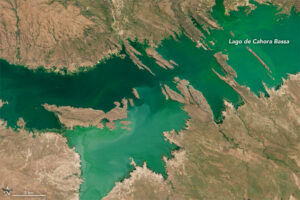
The intensity of summer algal blooms has increased over the past three decades, according to a first-ever global survey of dozens of large, freshwater lakes.
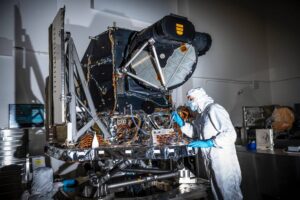
OLI-2 is now built, tested, and in place to be assembled onto the spacecraft.
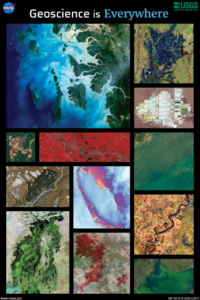
The 2019 Earth Science Week Poster was created as a joint project between NASA and America View to show the wide scope of applications of geoscience.

A new investigative report published by NPR has found that it’s hotter in cities’ low income areas.
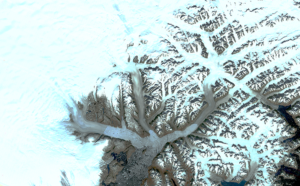
The branching network of glaciers that empty into Greenland’s Sermilik Fjord has changed significantly in the last half century.

This month, TIRS-2 successfully passed the stringent 12-week testing process at NASA’s Goddard Space Flight Center and was shipped to Northrop Grumman’s facility in Arizona.
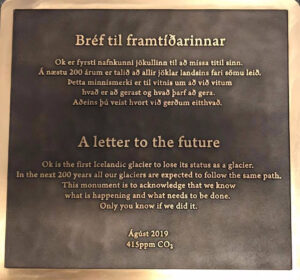
A memorial was placed on top of the volcano where Okjökull Glacier’s ice once flowed.